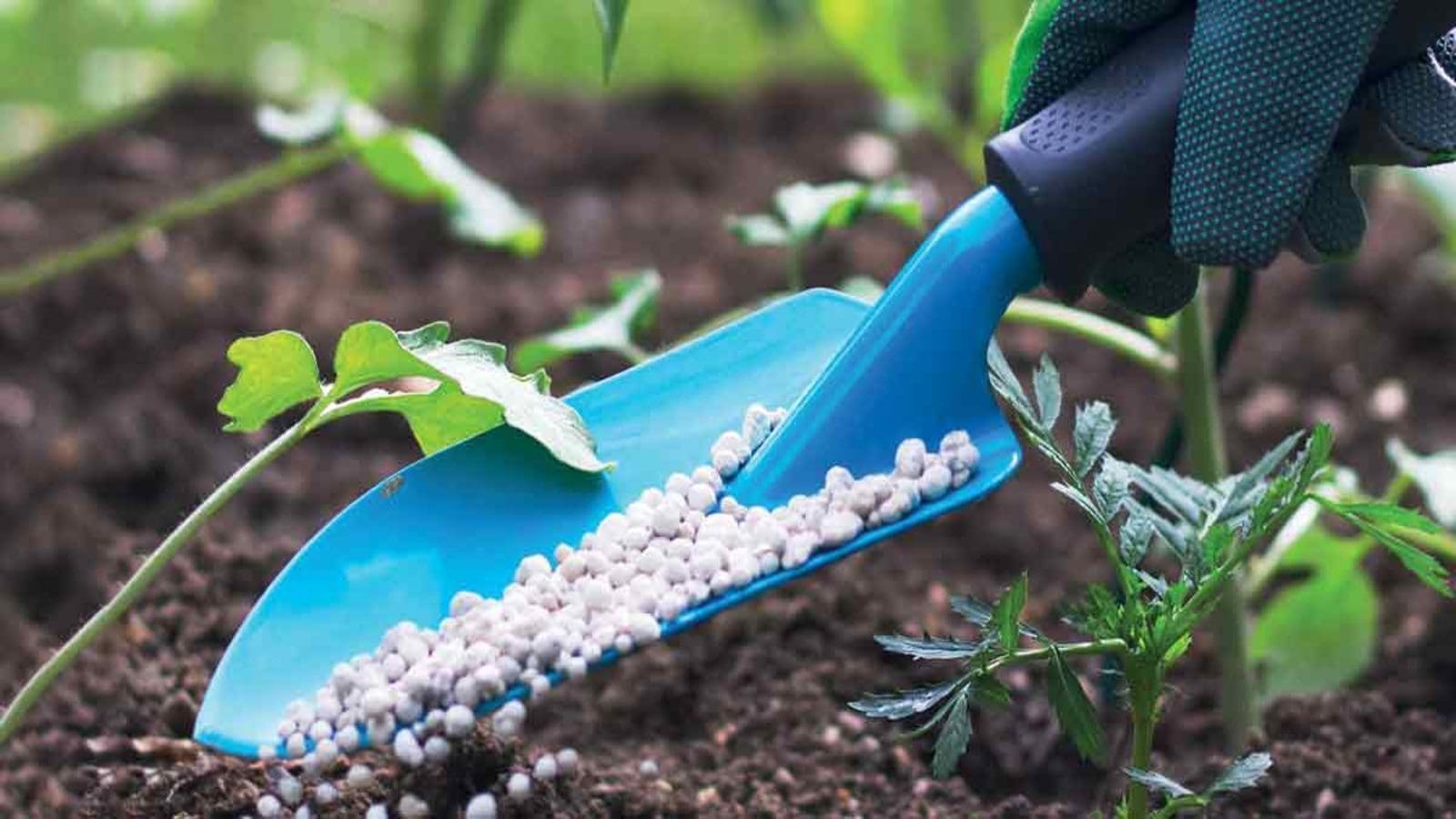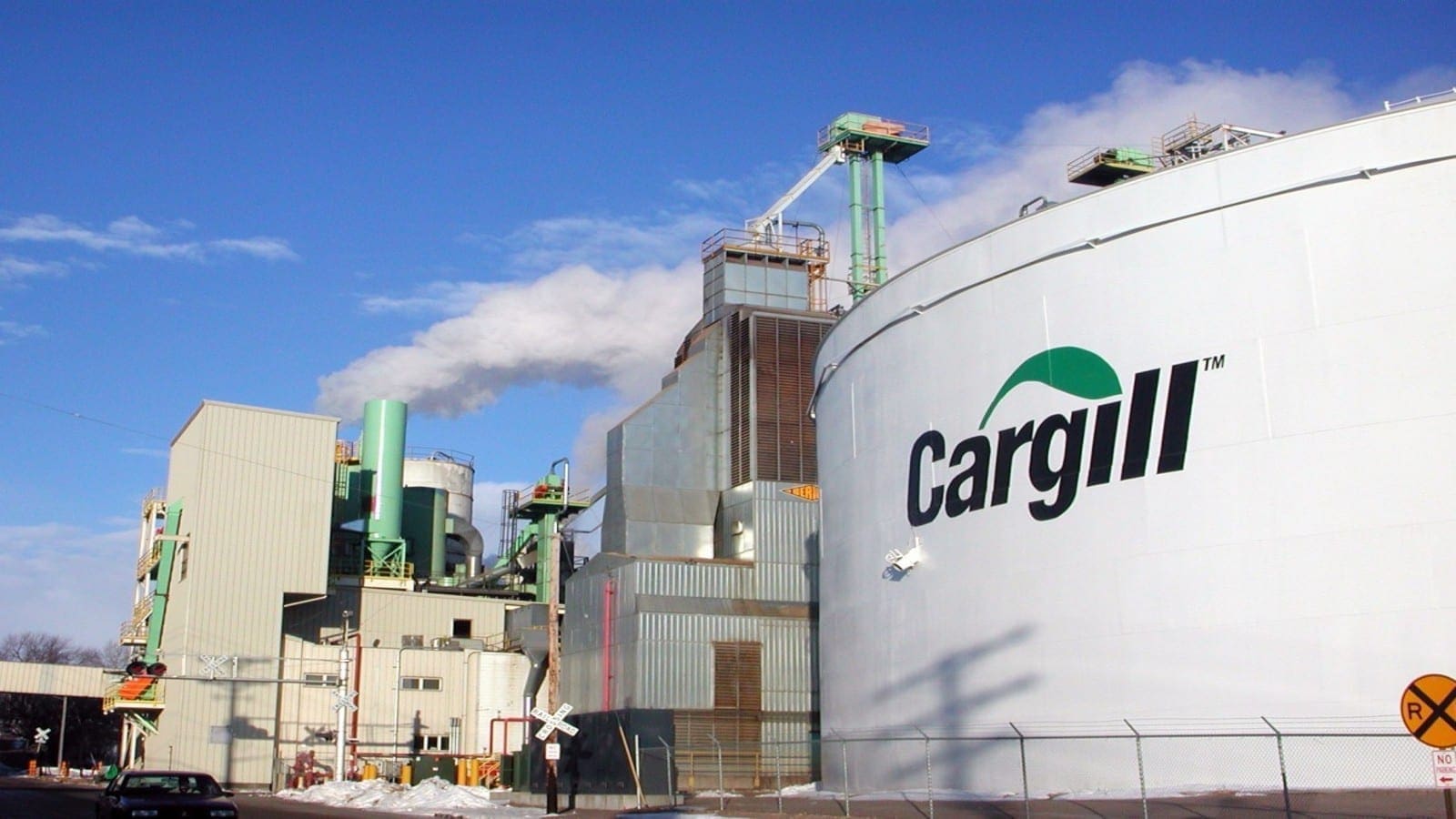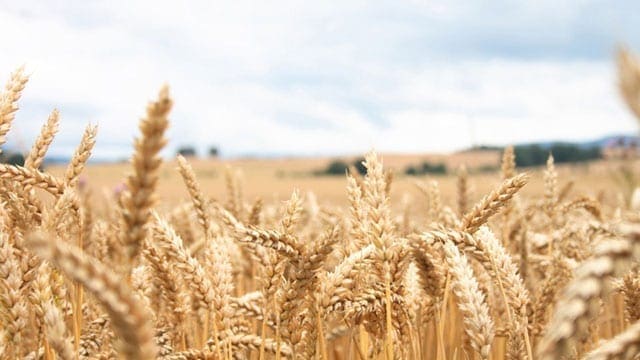KENYA – A newly published data gathered over the last seven years by the International Fertiliser Development Centre (IFDC) Kenya and African Union Commission (AUC), fertilizer consumption is increasing in Africa but at a slower rate.
The report noted that poorly functioning value chains and lack of reliable data are some of the hindrances to Kenya and the rest of Africa achieving best practices in fertilizer use.
“Kenya scores 5.62 /10 and is not on track in implementing the Malabo Declaration on agriculture transformation in Africa. Overall, the continent remains not on track to achieving the Malabo Declaration commitments, obtaining an overall average score of 4.32,” said the report.
The Malabo Declaration on Accelerated Agricultural Growth and Transformation for Shared Prosperity and Improved Livelihoods is a set of new goals showing a more targeted approach to achieve the agricultural vision for the continent which is shared prosperity and improved livelihoods.
During the African Union Summit in Malabo, Equatorial Guinea in June 2014, Heads of State and Government adopted a remarkable set of concrete agriculture goals to be attained by 2025.
Africa’s fertilizer use averages only eight kilograms per hectare, that is, only 10% of the world’s average. Addressing Africa’s fertilizer crisis, therefore, requires urgent and bold actions.
The Malabo Declaration on accelerated agricultural transformation resolved to extend the timeline for the African states to fully adopt the increased level of use of fertilizer from the current average of 8 kilograms per hectare to 50kg of nutrients per hectare by 2025.
IFDC Kenya Programmes Manager Sebastian Nduva recently pointed out that Africa’s fertilizer usage rate is the lowest in the world.
He underscored: “To be precise, we are only at about three percent of the global consumption. If you look at the figures cumulatively, the world consumes about 200 million tonnes of nutrients annually. But Africa is lagging.”
Among other recommendations, AUC calls for an aggressive resource mobilization campaign through the Africa Fertiliser Financing Mechanism to finance the required improved fertilizer consumption and soil health in the continent.
Mr. Nduva also said IFDC has developed a market systems initiative, africafertilizer.org to illuminate the fertilizer market in sub-Saharan Africa.
To also shield African farmers from the impact of climate change, two global organizations have signed an agreement targeting the vulnerable groups reeling from the crisis in Arusha, Tanzania.
Pan African Climate Change Alliance also signed the pact with Ban Ki-moon Centre for Global Citizens (BKMC) simultaneously in Nairobi and Vienna.
Besides smallholder farmers, the collaborative agreement will support climate change adaptation efforts by women and youth, work jointly on research on climate change impacts, identify policy gaps and advance advocacy drive on climate change adaptation.
“We intend to promote projects that foster sustainable development and climate change,” said Dr. Mithika Mwenda, the executive director of Pan African Climate Change Alliance Pacja.
Pacja is a consortium of more than 1,000 organizations from 51 African countries with a shared goal of addressing climate and environmental challenges while BKMC was established a few years ago to spearhead peace, empowerment of youth and women, climate action, and justice.
Africa’s geography makes it particularly vulnerable to climate change as 70 percent of the population relies on rain-fed agriculture.
At one time, it was projected that yields from rainfed agriculture in some African countries could fall by 50 percent by this decade.
Experts have hinted that Africa’s GDP may decline by 2 percent as a result of a 1 °C rise in average world temperature, and by 12 percent as a result of a 4 °C rise in temperature.
For all the latest food industry news from Africa and the World, subscribe to our NEWSLETTER, follow us on Twitter and LinkedIn, like us on Facebook and subscribe to our YouTube channel.










